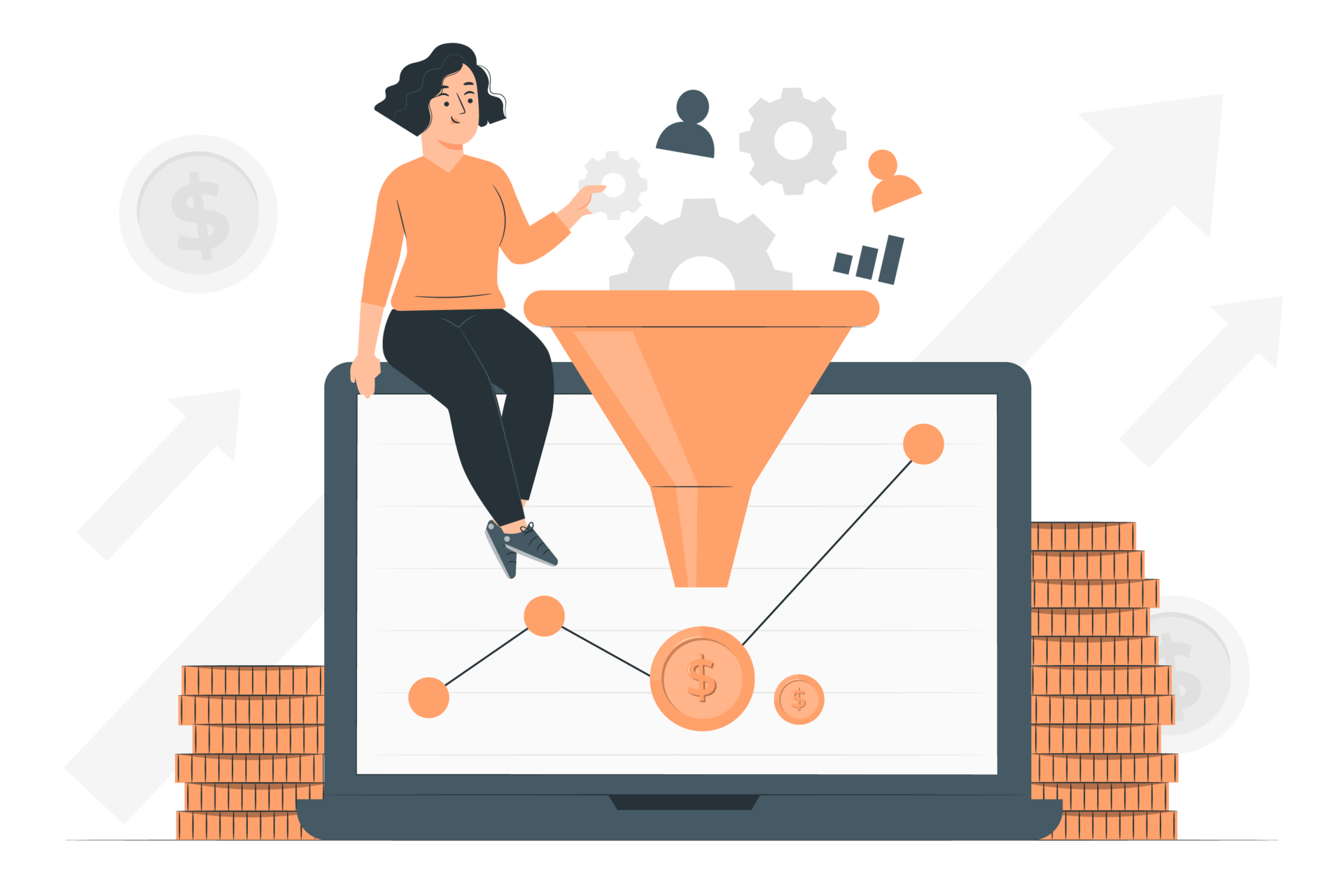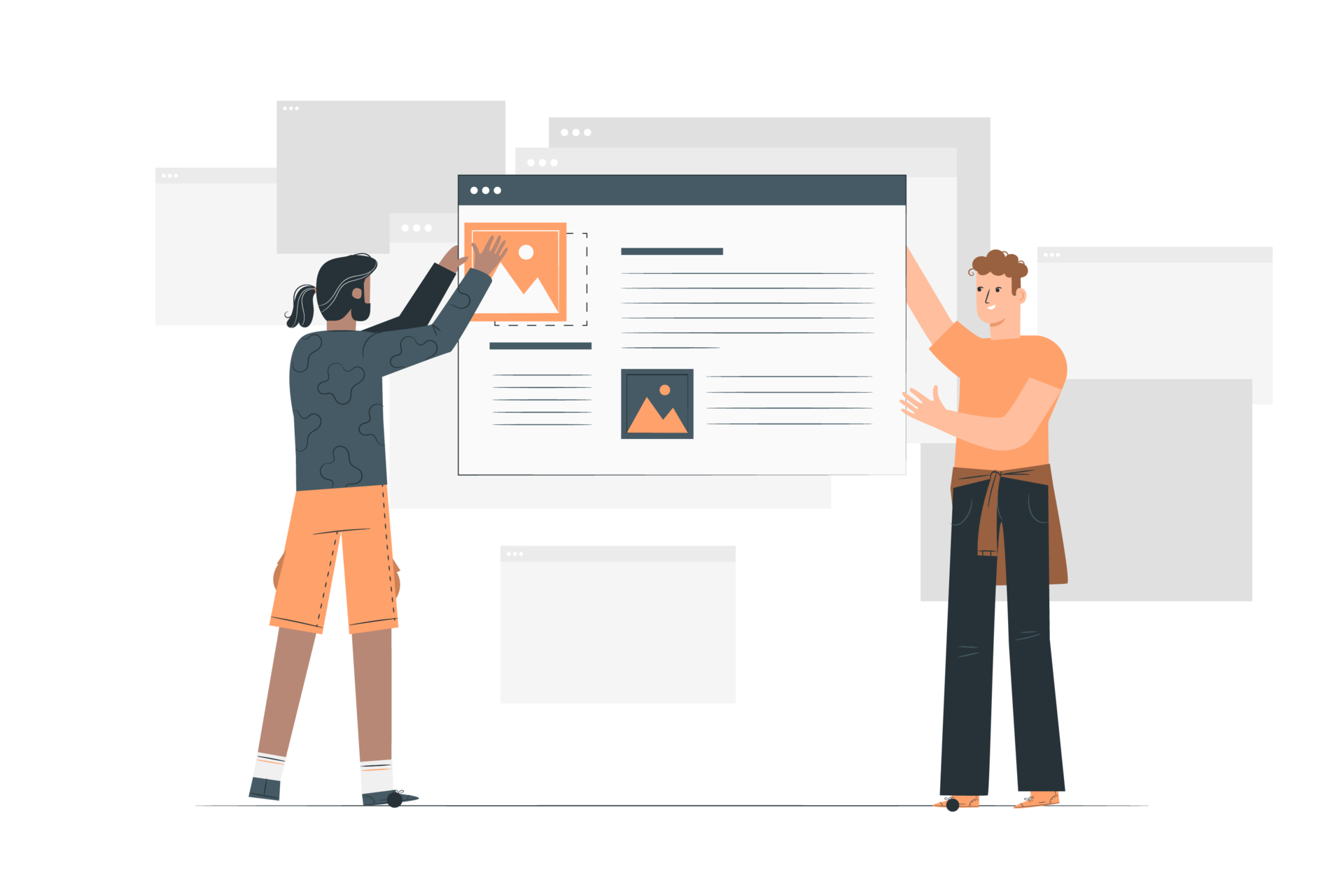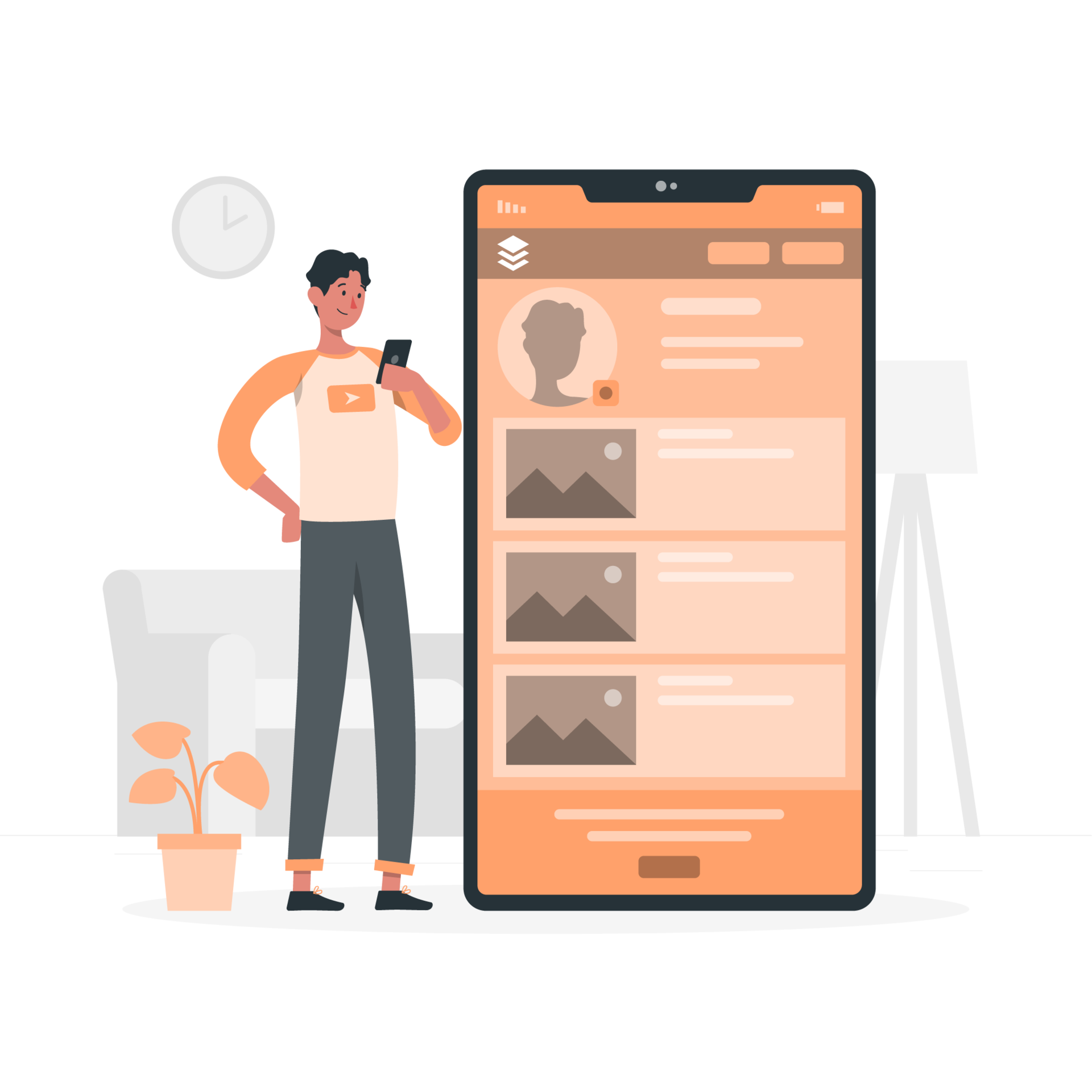In a world where customers expect personalized experiences, dynamic content has become essential to marketing strategies. But what is dynamic content?
Dynamic content is tailored and personalized to each user based on their behaviors, interests, preferences, and other contextual information. It automatically adapts or dynamically adjusts the content on a website based on the information available.
For example, personalized product recommendations on e-commerce websites are dynamic content. By analyzing a user’s browsing history, purchase history, and other data, the website can suggest products likely to interest the user, thereby increasing the chances of a purchase.
Similarly, personalized content recommendations on news or entertainment websites, dynamically generated email campaigns, and customized landing pages for different audience segments are also examples of dynamic content.
It allows you to deliver unique and engaging content that speaks to each of your users, improving user engagement and conversion rates.
Want to learn more about dynamic content? Then this is the right place for it! Let’s start with the benefits of using dynamic content.
Benefits of Dynamic Content
Offers a Personalized Experience
Dynamic content enables you to tailor your website content to each user, providing them a personalized experience. Personalized content can improve customer engagement, satisfaction, and retention. Users are more likely to stay engaged and return to your website if they feel the content is tailored to their needs.
Increased Engagement
Since dynamic content is all about tailoring content to individual users, it helps you create a more engaging experience for them. This type of personalized content can help you improve your user engagement by providing relevant information that is more likely to capture their attention and keep them on your website.
Increases Conversions
By using dynamic content, you can improve your chances of converting visitors into leads or customers. Relevant and personalized content helps improve click-through rates, lead generation, and sales by providing users with information tailored to their needs and interests.
Provides Better Analytics
 You can easily and accurately track user behavior and preferences with dynamic content. This provides you with valuable insights and information about your user. By analyzing this, you can optimize your website and marketing efforts to improve user experience and increase conversions.
You can easily and accurately track user behavior and preferences with dynamic content. This provides you with valuable insights and information about your user. By analyzing this, you can optimize your website and marketing efforts to improve user experience and increase conversions.
Cost-Effective
Dynamic content can be automated, thereby reducing the need for manual content creation and management. This can save time and resources while delivering a personalized experience to your users. It’s a cost-effective way to improve your website’s performance and generate more revenue. Moreover, by automating the delivery of personalized content, you can reduce the workload of your marketing and content teams.
If you’re not already using dynamic content in your marketing efforts, then it’s worth considering it to improve your marketing campaign’s effectiveness. How? Let’s find out the different ways to use dynamic content.
Ways to Use Dynamic Content
1. Emails and Newsletters
 One of the most basic and traditional forms of displaying dynamic content is through emails and newsletters. Use dynamic content to personalize your email messages based on the recipient’s interests, preferences, and behavior. For example, you can show different product recommendations based on their past purchases or show different content based on their location or job title.
One of the most basic and traditional forms of displaying dynamic content is through emails and newsletters. Use dynamic content to personalize your email messages based on the recipient’s interests, preferences, and behavior. For example, you can show different product recommendations based on their past purchases or show different content based on their location or job title.
2. Landing Pages
A landing page is designed to promote a particular product or service specifically. It serves as a gateway to provide information about the offers. You can use dynamic content to personalize your landing pages based on the ad campaign or referral source. For example, if someone clicks on an ad for a specific product, you can show them a landing page with more information about that product and a clear call to action to purchase.
3. Retargeting Ads
Another way to use dynamic content is to personalize your retargeting ads based on your user’s behavior on your website. For example, if someone has abandoned their cart, you can show them a retargeting ad with the product left in their cart and a personalized message.
4. On-page Pop-ups
Pop-ups can be effective tools to boost engagement and improve conversion rates if they are designed to be relevant, non-intrusive, and contextual to the buyer’s journey. You can tailor dynamic content pop-ups to specific pages or individual users. For example, employing pop-ups to present dynamic survey questions that website visitors can respond to.
5. Native Content Promotions
 Native content promotion involves incorporating promotional content within an article or blog post to promote relevant and valuable products to the reader. The contextual nature of native content makes it a great way to use as dynamic content. This can be tailored to specific pages, categories, tags, or products.
Native content promotion involves incorporating promotional content within an article or blog post to promote relevant and valuable products to the reader. The contextual nature of native content makes it a great way to use as dynamic content. This can be tailored to specific pages, categories, tags, or products.
Now that you know some of the ways to use dynamic content, let’s go over some of the best practices!
Dynamic Content Best Practices
1. Understand Your Audience
First off, you need to understand your customers and users. It’s important to use data and analytics to understand your audience’s preferences, behavior, and needs. This information can help you create relevant, personalized content that speaks directly to your audience.
Take time to learn and understand how people interact with your website. This can help you better understand what your audience is looking for so that you can tailor your messaging accordingly. This can lead to more effective marketing campaigns and better engagement with your target audience.
2. Context is Key
The last thing you want to do is send irrelevant content to your audience. This is why context is key. Know your user’s context and stage in the customer journey and offer content that is relevant to them.
By showing different content to new visitors versus returning customers, you can create a more personalized experience tailored to each of their needs. This can help increase overall engagement and improve conversions. After all, people are more likely to respond to content directly relevant to their needs.
3. Use Dynamic Content Sparingly
While dynamic content can be a powerful tool, it’s important to use it selectively and strategically. Too much dynamic content can overwhelm your users and distract them from the main message.
 So make sure you use dynamic content sparingly and only when it adds value to the user experience. This will guarantee you the desired impact without diminishing the overall user experience.
So make sure you use dynamic content sparingly and only when it adds value to the user experience. This will guarantee you the desired impact without diminishing the overall user experience.
4. Monitor and Test Your Content
Tracking your content using specific data and making changes based on how visitors engage with it is important. Monitor how much your content is shared and whether people leave your pages quickly. This will help you determine how to make the most of the content you created.
Also, testing your content using A/B testing and analytics allows you to improve your content based on their feedback continuously. By doing this, you can ensure that your messaging is always effective and connects with your audience. These strategies will keep you ahead of competitors and maintain a strong relationship with your audience.
5. Optimize for Mobile
We live in a day and age where everyone is using smartphones or mobile devices all the time. So with more and more people accessing content on their smartphones and tablets, ensuring that your dynamic content is optimized for mobile devices is crucial. This can include everything from responsive design to mobile-specific calls to action.
By prioritizing mobile optimization, you can ensure that your content is accessible and engaging to users, no matter where they are. So make your content as mobile-friendly as possible. We don’t want to lose customers because they can’t access content on their mobile phones.
6. Don’t Be Intrusive
Offering your users content doesn’t mean you get the right to bombard them with whatever you create. Be sensible and provide them with dynamic content that is non-intrusive and doesn’t interfere with their experience.
Pop-ups and other forms of intrusive content can annoy users and harm your conversion rates. Focusing on relevant and valuable content for the user can create a more positive user experience and improve engagement.
7. Use Clear Calls to Action
Last but not the least, use clear and compelling calls to action for driving conversions and encouraging users to take the desired action.
Whether you’re asking users to sign up for a newsletter or make a purchase, it’s important to use direct, actionable, and relevant language to the user’s needs. By using clear calls to action, you can make it easy for users to take the next step and achieve their desired outcome.
Final Thoughts
In conclusion, dynamic content has become essential for marketers and website owners seeking to engage and retain their target audiences.
Although creating effective content can be time-consuming, it ultimately streamlines user processes, leading to improved conversion rates.
With the right approach, dynamic content can help you stay ahead of the game! We hope this blog has helped you learn a little about dynamic content and how to use it effectively! Best of luck and Adios!
Further Reads:
Top 11 Content Marketing Trends in 2023!
User Generated Content: Meaning, Types, and Tips!
Gated Content: Meaning, Examples & Best Practices!
Customer Marketing: Definition, Benefits & Strategies!
User Persona: What is it & How to Create it?


